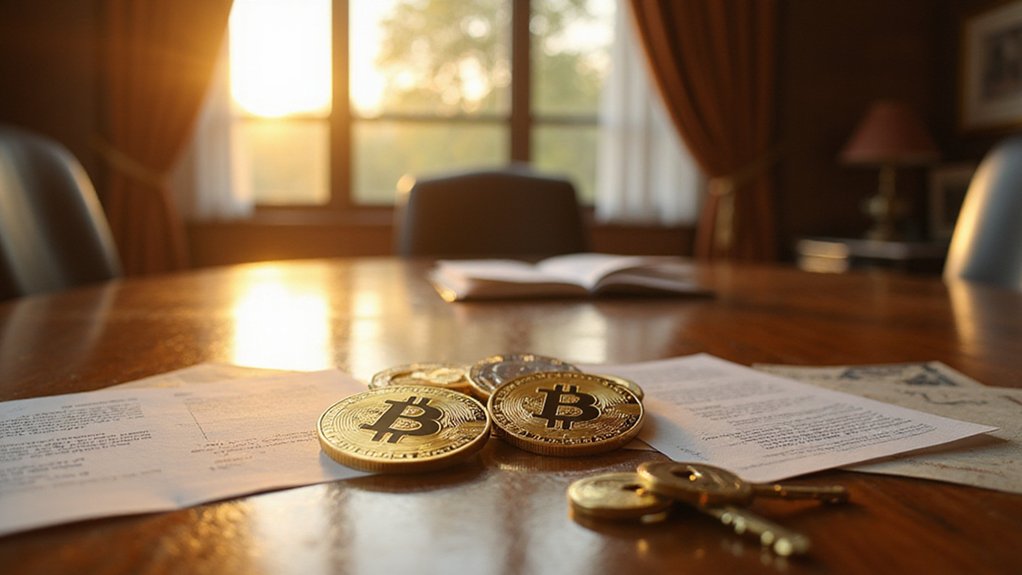The inexorable march of digitization has reached finance’s most sacred bastion—the ownership of tangible assets—where blockchain technology now promises to transform everything from Manhattan penthouses to government bonds into tradeable digital tokens. This tokenization revolution, projected to reach $5 trillion by 2025 (up from a mere $310 billion in 2022), represents perhaps the most audacious reimagining of capital markets since the invention of the stock exchange.
At the epicenter of this transformation stand four cryptocurrencies whose infrastructure underpins the entire tokenization ecosystem. Ethereum and Solana, the dominant Layer-1 networks, host the majority of tokenization projects through their smart contract capabilities, enabling automated compliance and settlement mechanisms that would make traditional clearing houses obsolete.
These platforms facilitate the conversion of illiquid assets into fractional ownership tokens, democratizing access to previously exclusive investment opportunities—because apparently, everyone deserves a piece of that Picasso gathering dust in some billionaire’s vault.
XRP carves its niche as the bridge asset for cross-border settlements involving tokenized assets, capitalizing on its lightning-fast transaction speeds to move value across jurisdictions where regulatory frameworks remain delightfully inconsistent. Meanwhile, Chainlink provides the critical oracle services that securely feed real-world data onto blockchain networks, solving the rather inconvenient problem of how a smart contract determines whether that tokenized building actually exists.
The market’s trajectory appears inexorable: real estate and bond tokenization alone are expected to comprise $1.4 trillion and $1 trillion respectively, with forecasts suggesting the entire tokenized asset market could reach $16 trillion by 2030. This unprecedented growth is fueled by institutional adoption, with over 80% of institutional investors expected to embrace tokenized assets as a strategic enabler for unlocking value in traditionally illiquid sectors.
This growth stems from tokenization’s ability to enable 24/7 trading, instant settlement, and enhanced liquidity—luxuries that traditional finance has somehow managed without for centuries. The World Economic Forum projects tokenization could represent 10% of global GDP by 2027, highlighting the transformative scale of this financial revolution.
As central banks and governments scramble to establish regulatory frameworks, the collaboration between traditional finance and blockchain firms accelerates, driven by the promise of atomic settlement and improved capital efficiency. The explosive growth of decentralized finance protocols, with total value locked expanding from $1 billion in 2020 to over $120 billion by 2025, demonstrates how smart contracts are reshaping financial infrastructure at unprecedented speed.
The stablecoin market‘s $210+ billion circulation already demonstrates institutional appetite for blockchain-based financial instruments, suggesting that tokenization represents not merely innovation but inevitability in the evolution of global capital markets.









